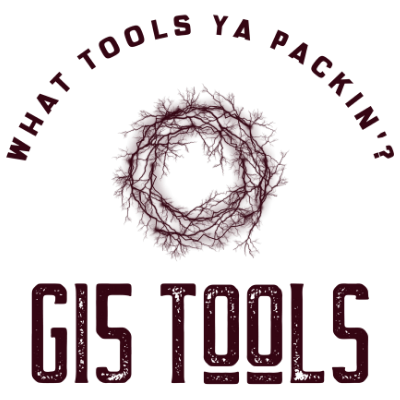Through the elimination of the need for costly hardware, cloud gaming has transformed the gaming industry by allowing games to be streamed straight from efficient servers. Two of the biggest issues still are accessibility and latency. Latency, the measure of the time elapsed between a player’s input and the game’s reaction, may influence both fast-paced and competitive games.
Accessibility determines whether or not cloud gaming is available to users of different devices and environments. As a result of recent developments in technology, cloud gaming is entering a new age with the introduction of novel solutions that enhance accessibility and decrease latency. These improvements are discussed in this article, along with their influence on the enhancement of gaming smoothness and the expansion of access for both players and developers.
Cutting Latency with Edge and Decentralized Computing
When it comes to cloud gaming, latency is mostly caused by the physical distance that data travels between a player’s device and the game server located in a remote location. Even little delays might affect gameplay, particularly in fast-paced games needing rapid responses. Even small delays can impact gameplay, especially in fast-paced games that require quick reactions. The sector is using edge computing—which puts servers nearer to gamers to reduce data transit time—to handle this.
Aethir’s dispersed GPU cloud is an excellent example of distributing thousands of GPUs globally to ensure games run on local hardware, thus reducing latency without sacrificing graphics quality. Complementing this are 5G networks, which provide low-latency, ultra-fast connections that improve the advantages of edge computing. These developments maximize data flow, therefore enabling better gaming and reducing input latency even on mobile devices, along with AI-driven adaptive streaming and enhanced video compression. This mix is bringing local play’s responsiveness more in line with cloud gaming’s.
Expanding Accessibility Through Cross-Platform and Network Innovations
The goal of cloud gaming is to provide anybody, anywhere, regardless of hardware, access to premium games. By bringing games to any internet-connected device, cloud gaming lowers the entry barrier. Central to this accessibility is cross-platform interoperability. Mid-session device switching by players allows for comfort and engagement without sacrificing advancement.
Crucially for reaching consumers in areas with limited infrastructure, cloud companies are also customizing their offerings to operate well across different internet speeds, which could also facilitate access to various online entertainment platforms, including those that feature real money pokies where regulations permit.
By improving performance on lesser bandwidths and less capable devices, edge computing also helps bring cloud gaming to underserved markets and lowers latency. Security enhancements make access even easier by protecting user data and enabling quick logins from a variety of devices.
Innovations Beyond Latency and Accessibility: AI and Immersive Experiences
Technology integration is driving cloud gaming ahead to enhance player experiences. By shifting heavy processing from local devices to powerful servers, cloud systems now allow virtual reality (VR) and augmented reality (AR), enabling immersive gaming on reasonably priced hardware. Through dynamic resource management and network condition and player behavior adaptation, artificial intelligence (AI) maximizes streaming quality and personalizes gameplay.
AI enhances content suggestions and pairing as well, thereby boosting interaction. Economically, cloud gaming helps developers and users by embracing flexible models like subscriptions, freemium access, and microtransactions. Reflecting a broader trend toward unified digital entertainment platforms, cloud gaming increasingly integrates with various interactive content types. It provides seamless, on-demand experiences using common cloud infrastructure. Cloud gaming is more immersive, customized, and accessible in 2025 and beyond as these technologies together are redefining how games are created, distributed, and experienced.
Practical Benefits for Gamers and Developers
These developments translate for players into rapid access to large game libraries without expensive hardware upgrades. Lower latency allows even competitive players to depend on cloud systems for fast-paced, skill-intensive games. Cross-device play and cloud saves provide gaming anywhere and at any convenience.
Simplified deployment and maintenance help developers as changes are managed server-side and immediately accessible to every participant. Specifically in mobile and developing areas, cloud gaming creates new marketplaces and increases audience reach. With subscriptions and in-game purchases, which provide consistent income sources, monetization methods are more flexible. When these elements come together, developers benefit from scalable, reasonably priced distribution channels, and the player experience is enhanced.
The Future of Cloud Gaming
Constant technical progress in infrastructure will shape cloud gaming moving forward. Latency will drop much lower as 5G networks grow and edge computing becomes more common, allowing real-time games almost exactly like local experiences. These advances will open VR, esports, and other latency-sensitive genres to new opportunities.
Moreover, cloud gaming ecosystems will progressively interface with other digital entertainment industries to provide complete platforms for interactive content. These developments will ultimately transform gaming by enabling high-quality, immersive experiences that are instantaneously available and broadly accessible, therefore launching a new age of digital entertainment.






